HTS Code for PCBA Board: A Complete Guide for Import and Export
For businesses dealing with electronics, understanding the HTS code for PCBA boards is essential. These codes determine how printed circuit board assemblies are classified for import and export, influencing tariffs, customs clearance, and regulatory compliance.
A single misclassified PCBA can lead to shipping delays, unexpected duties, or compliance issues, making proper classification a critical step in global trade.
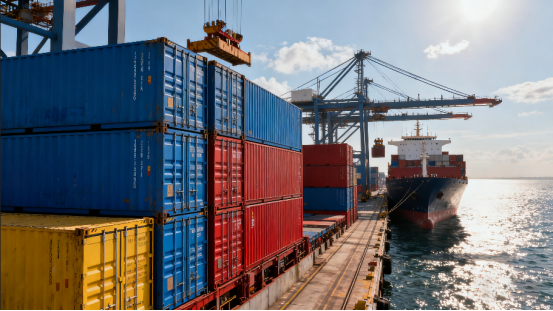
Introduction to HTS Codes and PCBA Boards
What is an HTS Code?
A Harmonized Tariff Schedule (HTS) code is an internationally recognized system used to classify imported and exported goods. Each product is assigned a specific numeric code that identifies its category, material, and function.
HTS codes serve several key purposes:
Customs duties: Determine the applicable tariffs for imported or exported products.
Trade compliance: Ensure shipments meet legal and regulatory requirements.
Statistical tracking: Allow governments to monitor trade volumes and trends.
For example, electronics, machinery, and electronic components each have distinct HTS codes, which help customs authorities apply the correct rules and rates. Correct classification ensures smooth trade operations and reduces the risk of delays or fines.
What is a PCBA Board?
A Printed Circuit Board Assembly (PCBA) is a PCB with all electronic components mounted and soldered, ready for use in a device. This differs from a bare PCB, which is just the board itself without any components.
PCBAs are essential for modern electronics. Common examples include:
Smartphones: Motherboards and display driver boards.
Computers: Memory modules, graphics cards, and motherboards.
Industrial controllers: PLC boards, sensor interfaces, and motor controllers.
By combining a PCB with components, a PCBA performs the electrical and mechanical functions necessary for a device to operate, making it a critical product for trade classification.
Why Understanding HTS Codes for PCBA is Important
Correctly identifying the HTS code for your PCBA is crucial for international trade. Misclassification can lead to:
Customs fines or penalties for incorrect declarations.
Shipping delays, as misclassified products may be held for inspection.
Higher tariffs, resulting in unexpected costs.
On the other hand, accurate HTS classification provides several benefits:
Smooth customs clearance, avoiding delays at ports.
Cost savings, by ensuring the correct duty rates are applied.
Accurate trade reporting, helping businesses stay compliant with regulations.
In short, knowing the HTS code for PCBA boards protects businesses from financial and legal risks while enabling efficient global shipping.
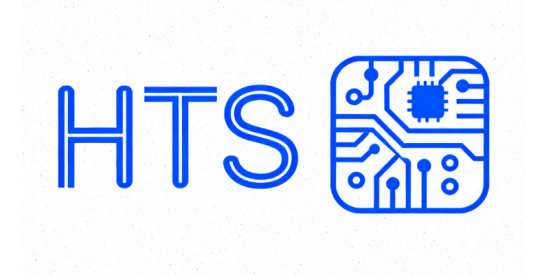
HTS Classification for PCBA Boards
Key HTS Code Categories for Electronics
PCBA boards are classified under HTS Chapter 85, which covers electrical machinery, equipment, and parts. Within this chapter, subheadings differentiate between various electronic items:
Bare PCBs: Typically classified under headings for printed circuits without components.
PCBAs: Classified based on their function and application (e.g., consumer electronics, industrial control boards).
Other electronic assemblies: Such as modules, controllers, or integrated circuits, each have distinct subheadings.
These subheadings ensure that customs duties, trade compliance rules, and statistical tracking are applied accurately based on the type and function of the electronic assembly.
Determining the Correct HTS Code
Selecting the correct HTS code involves a step-by-step approach:
Product Description: Clearly define the product and its purpose.
Material Analysis: Identify whether it is a bare PCB, a fully assembled PCBA, or a specialized module.
Function Assessment: Determine the board’s application—consumer electronics, industrial equipment, or specialized machinery.
HTS Lookup: Use official HTS databases or classification tools to find the matching code.
Example:
A smartphone motherboard PCBA may fall under a different HTS code than an industrial motor controller PCBA, even though both are electronic assemblies. Differences in function, voltage ratings, or application environment can affect classification.
Common Misclassifications and How to Avoid Them
Misclassifying PCBA boards is a frequent issue in international trade. Common errors include:
Using bare PCB codes for fully assembled boards.
Assigning codes based solely on material composition rather than function.
Confusing consumer electronics PCBA with industrial or medical PCBA.
Tips to Avoid Misclassification:
Consult official HTS databases from the U.S. International Trade Commission or WTO Harmonized System resources.
Cross-check with customs brokers or trade experts for verification.
Provide detailed product specifications including application, components, and functionality.
By carefully analyzing the material, function, and product description, businesses can select the accurate HTS code, minimizing the risk of fines, shipping delays, or incorrect duty payments.
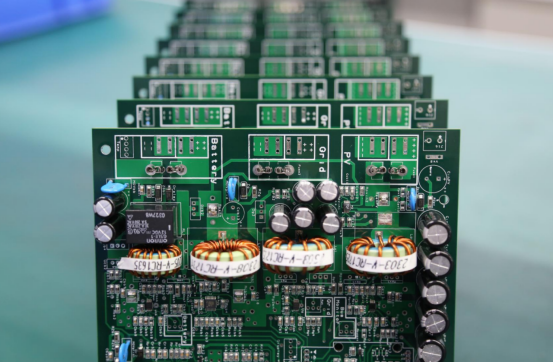
Importing PCBA Boards
HTS Code Role in Import Duties
The HTS code directly determines the duty rate and tariffs applied to imported PCBA boards. Customs authorities use this code to classify the product, calculate applicable taxes, and enforce trade regulations.
Example:
A PCBA for medical devices may qualify for duty-free import in certain countries under special trade provisions. Conversely, a PCBA for consumer electronics may have standard tariffs based on its HTS classification.
Correctly identifying the HTS code ensures accurate duty calculation and avoids unexpected import costs.
Customs Documentation Requirements
When importing PCBAs, certain key documents are required:
Commercial Invoice: Lists the product, quantity, price, and HTS code.
Packing List: Details packaging, weight, and itemized contents.
Certificate of Origin: Confirms where the product was manufactured, sometimes required for tariff exemptions.
The HTS code must be clearly indicated on all relevant documents to comply with customs regulations and speed up clearance. Missing or incorrect codes can result in delays, fines, or additional inspections.
Best Practices for Import Compliance
To ensure smooth importation of PCBAs, businesses should follow these steps:
1. Pre-classification: Determine the correct HTS code before shipment.
2. Proper labeling: Include HTS codes on invoices and shipping documents.
3. Customs broker consultation: Engage a licensed broker to verify classifications and documentation.
4. Maintain records: Keep detailed specifications and classification evidence for audits.
By implementing these practices, companies can avoid delays, fines, and unnecessary duties, ensuring compliance with international trade regulations.
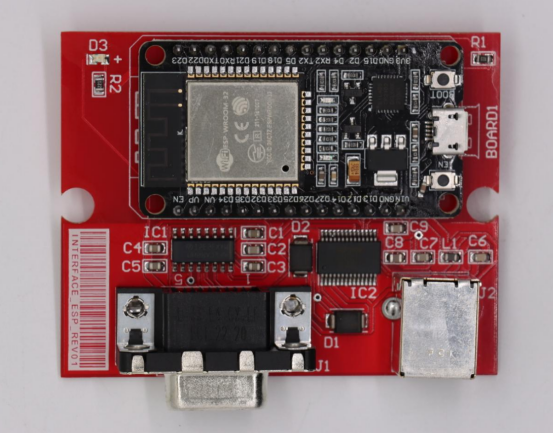
Exporting PCBA Boards
HTS Code Role in Export Regulations
The HTS code plays a critical role in export compliance, affecting export licenses, trade restrictions, and reporting obligations. Export authorities rely on the code to determine whether a PCBA requires special permits or is subject to restrictions.
Example:
Dual-use electronics—such as PCBAs designed for both commercial and industrial applications—may require special export licenses depending on the destination country’s regulations.
Accurate HTS classification helps businesses avoid legal penalties and ensures compliance with international export laws.
Documentation for Export
Exporting PCBAs requires proper documentation to satisfy regulatory authorities:
Commercial Invoice: Lists the product, quantity, value, and HTS code.
Export Declaration: Required for certain shipments, indicating classification and value.
Export License: Needed for restricted products, such as dual-use or controlled technology.
The HTS code directly influences the classification on these documents, ensuring that shipments comply with export control rules and trade regulations.
Compliance Tips for Global Shipping
To ensure smooth global shipping of PCBAs, follow these best practices:
1. Verify the destination country’s tariff schedule to confirm duty rates and any restrictions.
2. Use accurate labeling and product descriptions including HTS codes on all export documents.
3. Leverage automated software or trade compliance tools to check classification and generate correct paperwork.
4. Maintain detailed records of HTS codes, licenses, and classification justifications for audits.
Following these steps helps businesses avoid delays, fines, and compliance risks while facilitating efficient international trade.
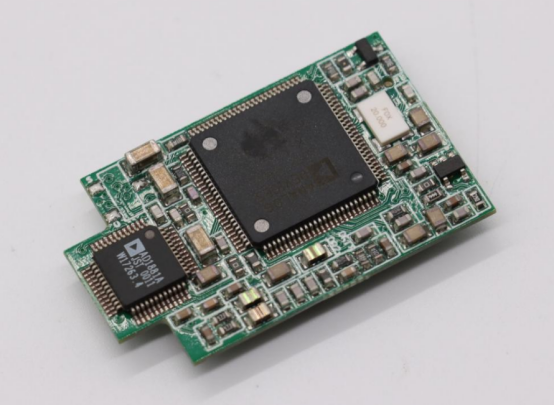
Tools and Resources for HTS Code Lookup
Official HTS Databases
Accurate HTS classification starts with official databases. These resources provide up-to-date codes, subheadings, and detailed descriptions:
U.S. International Trade Commission (USITC) HTS Database: Offers comprehensive codes for all products imported into the U.S., including PCBA boards. Users can search by product name, description, or HS code.
WTO Harmonized System Online Resources: Provides global HS code references, classification guidance, and updates, useful for international export planning.
Using these official sources ensures businesses apply correct HTS codes, reducing the risk of misclassification or compliance issues.
Trade Compliance Software
Automated software tools simplify HTS code assignment and trade compliance:
Examples: SAP Global Trade Services, Amber Road, Descartes.
Benefits:
Automated selection of HTS codes based on product details.
Audit trails to document classification decisions.
Reduced errors and faster processing for large shipments.
These tools are especially valuable for companies managing high volumes of PCBAs or complex electronic assemblies across multiple countries.
Consulting Customs Brokers or Trade Experts
Engaging a customs broker or trade compliance expert can further ensure accurate classification:
When to consult: Complex products, dual-use electronics, or shipments to countries with strict trade restrictions.
Benefits:
Accurate HTS code assignment based on product function, material, and application.
Reduced risk of fines, shipping delays, and incorrect duty payments.
Up-to-date knowledge of changing trade regulations and tariff schedules.
Combining official databases, software tools, and expert guidance provides a comprehensive approach to HTS code lookup, ensuring compliance, efficiency, and cost savings for PCBA imports and exports.
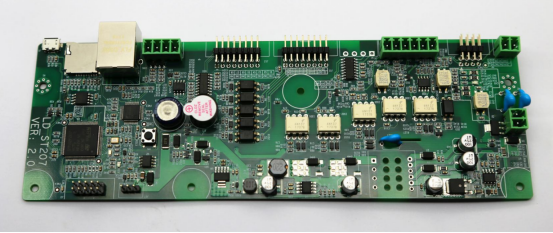
Case Studies and Examples
Consumer Electronics PCBA Import
Consider a smartphone motherboard assembly imported into the U.S. from Asia.
The HTS code was selected based on its function as a fully assembled PCBA for consumer electronics, falling under HTS Chapter 85.
The applicable tariff rate was determined according to the U.S. Harmonized Tariff Schedule, and proper classification ensured accurate duties and no delays.
Required documentation included a commercial invoice, packing list, and certificate of origin, all listing the correct HTS code.
This example demonstrates the importance of accurate HTS classification and documentation in avoiding costly delays and fines for consumer electronics shipments.
Industrial PCBA Export
An industrial example involves exporting a PLC control board to Europe:
Classification challenges included differentiating between industrial automation PCBAs and general electronic modules.
Using the correct HTS code, verified through official databases and consultation with a customs broker, ensured compliance with EU trade regulations.
Proper export documentation included an export declaration, commercial invoice, and a certificate of conformity where required.
This case highlights the need to understand product function, end-use, and destination regulations for industrial PCBA exports.
Lessons Learned
Across both consumer and industrial scenarios, several key insights emerge:
Common errors include misclassifying PCBAs as bare PCBs or using incorrect subheadings.
Delays and fines often result from missing or incorrect HTS codes on documentation.
Tips to avoid issues:
- Pre-classify PCBAs before shipment.
- Use official HTS databases and software tools.
- Consult customs brokers or trade experts for complex products.
- Maintain detailed records for auditing and verification.
By applying these strategies, businesses can minimize risk, ensure compliance, and streamline international trade of PCBAs.
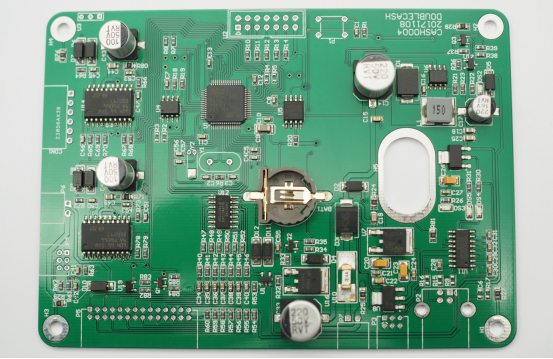 data-filename="image.png" style="width: 553px;">
data-filename="image.png" style="width: 553px;">Future Trends and Considerations
Changes in Tariff Policies and Trade Agreements
Trade policies and agreements can significantly impact PCBA import and export duties. New deals often adjust tariffs, introduce exemptions, or redefine product classifications.
Example:
Under USMCA (United States-Mexico-Canada Agreement), certain electronics components, including PCBAs, may qualify for reduced or duty-free import/export between member countries.
The EU electronics tariffs can influence how industrial PCBAs are classified and the applicable duties for non-EU exporters.
Understanding these agreements helps businesses plan shipments, optimize duty costs, and avoid unexpected penalties.
Automation and AI in HTS Classification
AI-driven tools are increasingly used for HTS code assignment and trade compliance monitoring:
AI systems analyze product descriptions, materials, and functions to suggest accurate HTS codes.
Benefits include:
- Faster classification for high-volume shipments.
- Improved accuracy, reducing human error.
- Real-time compliance monitoring, alerting users to updates in trade regulations.
These tools are especially valuable for companies managing complex PCBA inventories and global distribution.
Sustainability and Compliance
Environmental regulations are becoming integral to trade compliance, affecting HTS classification and documentation:
RoHS (Restriction of Hazardous Substances) and similar regulations require documentation of lead-free soldering and hazardous material limits.
Exporters may need to provide proof of material compliance during HTS filings to meet customs and environmental requirements.
Emerging trends include bio-based PCB materials and greener manufacturing practices, which may be considered in future HTS classification and sustainability reporting.
By staying informed about tariff policies, AI tools, and environmental compliance, businesses can future-proof PCBA import and export operations while maintaining regulatory adherence.
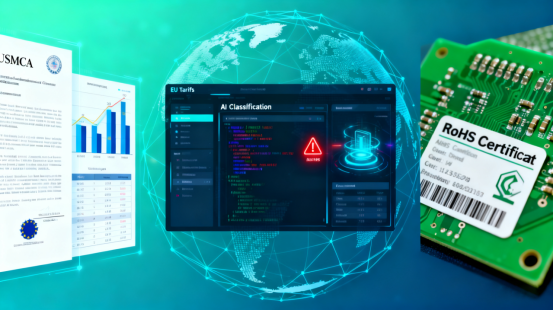
Conclusion
Understanding the HTS code for PCBA boards is essential for smooth international trade. From proper classification and documentation to compliance with tariffs, trade agreements, and environmental regulations, accurate HTS coding helps businesses avoid fines, reduce delays, and optimize costs.
As global trade continues to evolve, tools like AI-driven classification software, official HTS databases, and expert guidance become increasingly valuable. Staying informed about future trends, sustainability requirements, and automation in compliance ensures that PCBA import and export operations remain efficient and risk-free.
If you have any questions or need professional assistance with PCBA classification, import/export compliance, or global trade documentation, PCBMASTER is ready to help. As a trusted and experienced PCB supplier, PCBMASTER provides expert guidance and solutions to support your international business operations.
FAQs
1. How do I find the correct HTS code for my PCBA board?
To find the correct HTS code:
1. Describe your product clearly—include its function, components, and application.
2. Identify the type of board—is it a bare PCB or a fully assembled PCBA?
3. Check official HTS databases such as the U.S. International Trade Commission (USITC) or the WTO Harmonized System.
4. Use trade compliance software or consult a customs broker for verification.
Accurate classification ensures proper duties, compliance, and documentation.
2. Can a single PCBA product have different HTS codes for import and export?
Yes. The HTS code can differ between countries because each country may assign slightly different classifications or apply distinct trade rules.
Example: A PCBA imported into the U.S. may have one HTS code, while the same board exported to the EU may require a different HS subheading.
Factors influencing differences include product function, destination country regulations, and trade agreements.
3. What are the consequences of misclassifying a PCBA board?
Misclassification can lead to:
Customs fines or penalties for incorrect declarations.
Shipping delays, as misclassified shipments may be held for inspection.
Unexpected duties or tariffs, increasing costs.
Compliance issues that may affect audits or future shipments.
Correct classification minimizes financial risk and regulatory complications.
4. Are there duty exemptions for certain types of PCBA boards?
Yes. Some PCBAs may qualify for reduced or duty-free import/export under:
Trade agreements, like USMCA or EU trade deals.
Special product categories, such as medical device PCBAs or certain educational and research electronics.
Temporary import programs for evaluation or prototyping.
Always check the destination country’s tariff schedule and documentation requirements.
5. How often are HTS codes updated, and how can I stay current?
HTS codes are updated annually in most countries, and sometimes more frequently if trade agreements or regulations change.
To stay current:
Monitor official HTS databases (e.g., USITC, WTO HS resources).
Subscribe to customs alerts or trade compliance newsletters.
Use trade compliance software with automated updates.
Consult customs brokers or trade experts for complex products.
Staying informed ensures accurate classification, compliance, and smooth global shipping.
